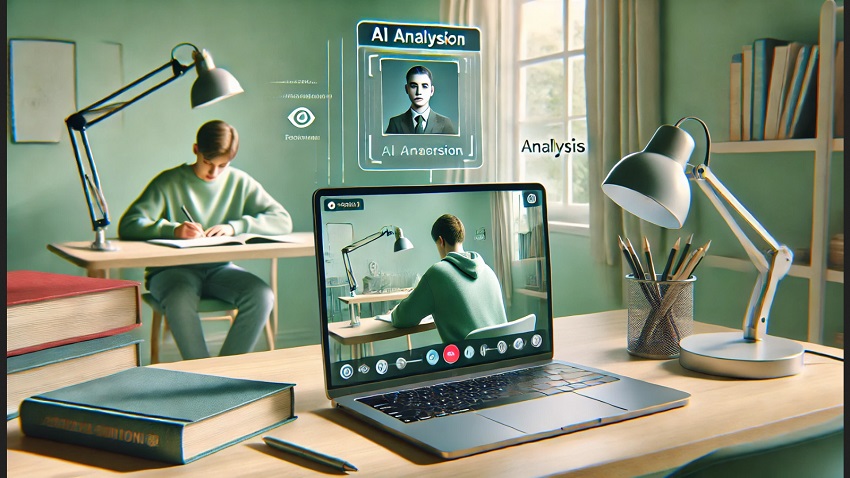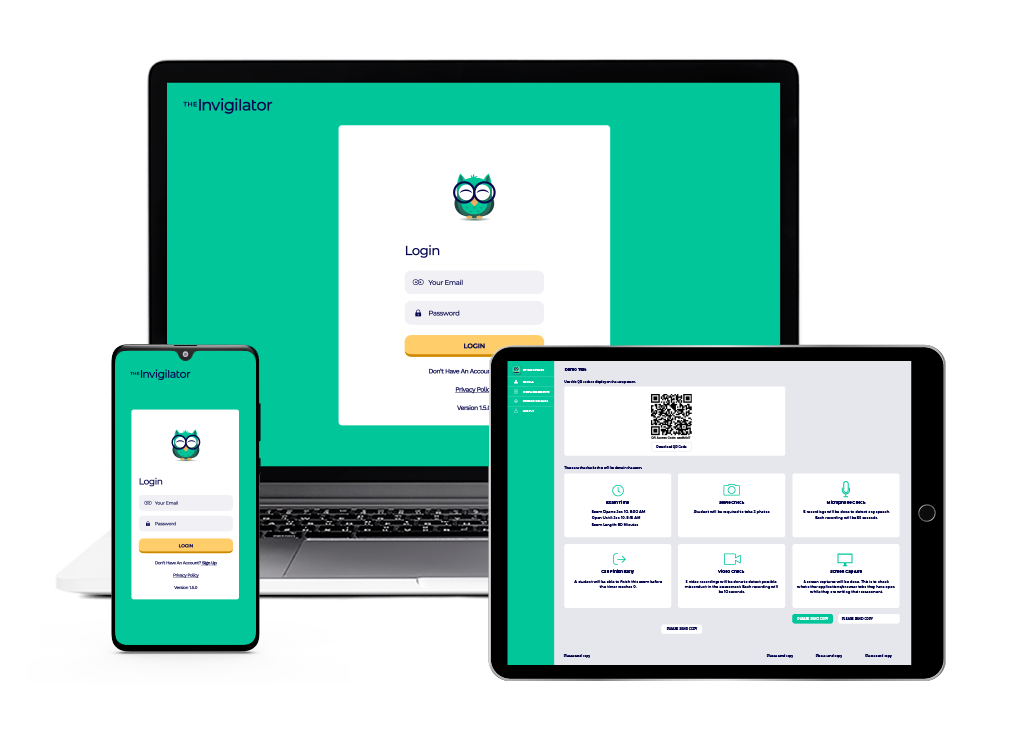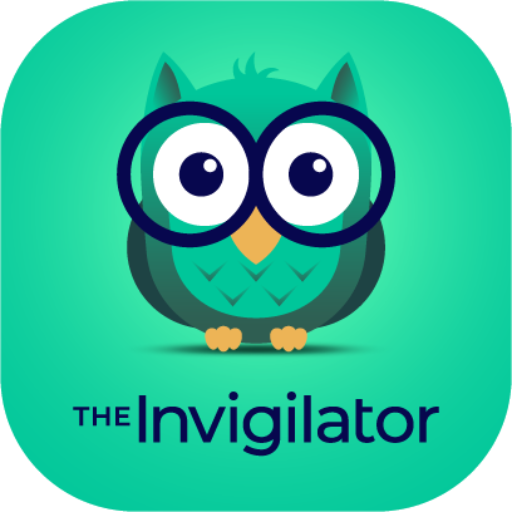In recent years, the landscape of education has undergone a dramatic transformation, particularly with the rise of remote learning and online assessments. As educational institutions strive to maintain academic integrity, proctoring tools have become essential. These tools offer a solution to the challenges of administering exams remotely, ensuring that students adhere to the standards of academic honesty. This article explores the impact of proctoring tools on academic integrity in remote assessments, highlighting their benefits and addressing common concerns.
The Evolution of Remote Assessments
The Rise of Online Learning
The shift to online learning has been accelerated by global events such as the COVID-19 pandemic. Educational institutions worldwide were compelled to adapt quickly, adopting digital platforms for teaching and assessment. This transition brought about significant challenges, particularly in maintaining the integrity of examinations conducted remotely.
Challenges of Remote Assessments
Remote assessments present unique challenges that traditional in-person exams do not. These include:
- Ensuring Student Identity: Verifying that the student taking the exam is indeed the enrolled individual.
- Preventing Cheating: Minimising opportunities for dishonest behaviour, such as using unauthorised resources or receiving external help.
- Maintaining Fairness: Ensuring that all students have an equal opportunity to perform well, regardless of their physical location or access to resources.
These challenges necessitate innovative solutions to uphold academic standards, leading to the development and adoption of proctoring tools.
Understanding Proctoring Tools
What are Proctoring Tools?
Proctoring tools are technological solutions designed to monitor and supervise students during online exams. They use various methods to ensure that the exam conditions are secure and that students adhere to the rules of academic integrity. Common features of proctoring tools include:
- Identity Verification: Using facial recognition, ID verification, and biometric data to confirm the student’s identity.
- Monitoring Software: Tracking the student’s screen activity, keyboard usage, and internet traffic to detect suspicious behaviour.
- Recording and Analysis: Capturing video, audio, and screen recordings during the exam, which are then analysed for signs of cheating.
- Automated Alerts: Generating real-time alerts for any behaviour that deviates from the established norms, such as unusual eye movements or unauthorised materials in the testing environment.
Types of Proctoring Tools
Proctoring tools can be broadly classified into three categories:
- Live Proctoring: Involves a human proctor monitoring the exam in real-time via video feed. This method allows for immediate intervention if suspicious activity is detected.
- Automated Proctoring: Utilises artificial intelligence (AI) to monitor and analyse the exam session. This method is scalable and can handle a large number of students simultaneously.
- Recorded Proctoring: Records the exam session for later review by human proctors or automated systems. This method combines the benefits of both live and automated proctoring.
The Role of Proctoring Tools in Enhancing Academic Integrity
Ensuring Authenticity
One of the primary benefits of proctoring tools is their ability to ensure the authenticity of the student taking the exam. By using advanced technologies such as facial recognition and biometric verification, these tools can confirm that the individual sitting for the exam is the same person who enrolled in the course. This verification process helps prevent identity fraud and maintains the integrity of the assessment.
Minimising Cheating
Proctoring tools play a crucial role in minimising cheating during remote assessments. They achieve this through various methods:
- Screen Monitoring: By tracking the student’s screen activity, proctoring tools can detect if the student is attempting to access unauthorised websites or documents.
- Audio and Video Surveillance: Continuous monitoring of the student’s environment helps identify any attempts to communicate with others or use prohibited materials.
- AI Algorithms: Advanced AI algorithms analyse behavioural patterns to detect suspicious activities, such as frequent glancing away from the screen or unusual movements.
These features collectively create a secure exam environment that deters students from engaging in dishonest behaviour.
Creating a Level Playing Field
Proctoring tools help create a level playing field by ensuring that all students are subject to the same monitoring and assessment conditions. This uniformity is essential for maintaining fairness in remote assessments. Regardless of the student’s location or access to resources, proctoring tools standardise the exam process, ensuring that every student is evaluated on their merit.
Providing Peace of Mind for Educators
For educators, proctoring tools offer peace of mind by ensuring that the integrity of their assessments is upheld. Knowing that exams are being monitored and that any suspicious activity will be flagged allows educators to focus on teaching rather than policing. This confidence in the assessment process is crucial for maintaining high educational standards and trust in the institution’s qualifications.
Addressing Concerns about Proctoring Tools
Privacy Issues
One of the most common concerns about proctoring tools is the potential invasion of privacy. Students may feel uncomfortable with being constantly monitored and recorded during their exams. To address these concerns, it is essential to:
- Ensure Transparency: Clearly communicate how the proctoring tools work, what data is collected, and how it will be used and stored.
- Implement Data Protection Measures: Use encryption and secure storage solutions to protect students’ data and ensure compliance with privacy regulations.
- Provide Opt-Out Options: Where possible, offer alternative assessment methods for students who have legitimate privacy concerns.
Technical Difficulties
Technical issues, such as poor internet connectivity or software glitches, can disrupt the exam process and cause stress for students. To mitigate these issues:
- Conduct Pre-Exam Checks: Ensure that students perform system checks and practice tests before the actual exam to identify and resolve any technical problems.
- Offer Technical Support: Provide real-time technical support during the exam to assist students in resolving any issues that may arise.
- Have Contingency Plans: Develop contingency plans for students who experience significant technical difficulties, such as offering a rescheduled exam or an alternative assessment method.
Accessibility Concerns
Ensuring that proctoring tools are accessible to all students, including those with disabilities, is critical. To address accessibility concerns:
- Adopt Inclusive Design Principles: Ensure that the proctoring tools comply with accessibility standards and are usable by students with disabilities.
- Provide Accommodations: Offer accommodations such as extended time, screen readers, and alternative input devices for students who need them.
- Solicit Feedback: Regularly solicit feedback from students with disabilities to identify and address any accessibility issues.
The Benefits of Online Proctoring
Flexibility and Convenience
One of the significant benefits of online proctoring is the flexibility and convenience it offers to both students and educators. Students can take exams from the comfort of their homes or any location of their choice, eliminating the need for travel and reducing stress. This flexibility is particularly beneficial for non-traditional students, such as working professionals and those with family commitments.
Cost-Effectiveness
Online proctoring can be more cost-effective than traditional in-person exams. By reducing the need for physical exam venues, invigilators, and travel expenses, educational institutions can save money. These savings can be redirected towards improving educational resources and providing better support for students.
Scalability
Proctoring tools offer scalability that is difficult to achieve with traditional exam methods. Automated proctoring, in particular, can handle large numbers of students simultaneously, making it ideal for institutions with high enrolment numbers. This scalability ensures that the integrity of assessments is maintained even as the demand for online education grows.
Enhanced Analytics
Proctoring tools provide detailed analytics and reports that can help educators understand student behaviour during exams. These insights can be used to identify trends, detect potential issues, and improve the overall assessment process. By leveraging data, educators can make informed decisions and continuously enhance the quality of their exams.
The Future of Proctoring Tools and Remote Assessments
Integration with Other Educational Technologies
As educational technology continues to evolve, proctoring tools are likely to become increasingly integrated with other platforms, such as learning management systems (LMS) and student information systems (SIS). This integration will streamline the assessment process, making it more efficient and user-friendly.
Advancements in AI and Machine Learning
Advancements in AI and machine learning will continue to enhance the capabilities of proctoring tools. These technologies will enable more accurate detection of suspicious behaviour and reduce false positives, making the proctoring process more reliable and effective.
Personalised Assessment Experiences
The future of remote assessments may involve more personalised assessment experiences, where proctoring tools adapt to the individual needs of each student. This could include customised exam environments, tailored support, and adaptive testing methods that respond to the student’s performance in real-time.
Global Adoption
As remote learning and online assessments become more prevalent, the adoption of proctoring tools is expected to grow globally. Educational institutions worldwide will increasingly rely on these tools to ensure the integrity of their assessments, making proctoring tools an essential component of modern education.
Proctoring tools play a vital role in maintaining academic integrity in remote assessments. By ensuring student authenticity, minimising cheating, and creating a level playing field, these tools uphold the standards of academic honesty. While there are concerns regarding privacy, technical difficulties, and accessibility, these can be addressed through transparent communication, robust data protection measures, and inclusive design. The benefits of online proctoring, including flexibility, cost-effectiveness, scalability, and enhanced analytics, make it an indispensable solution for modern education. As technology continues to advance, proctoring tools will become even more sophisticated, further enhancing their effectiveness and reliability.
If you have any questions or would like to see how The Invigilator App can benefit your institution, please contact us today! We are here to help you ensure the highest standards of academic integrity in your remote assessments.









